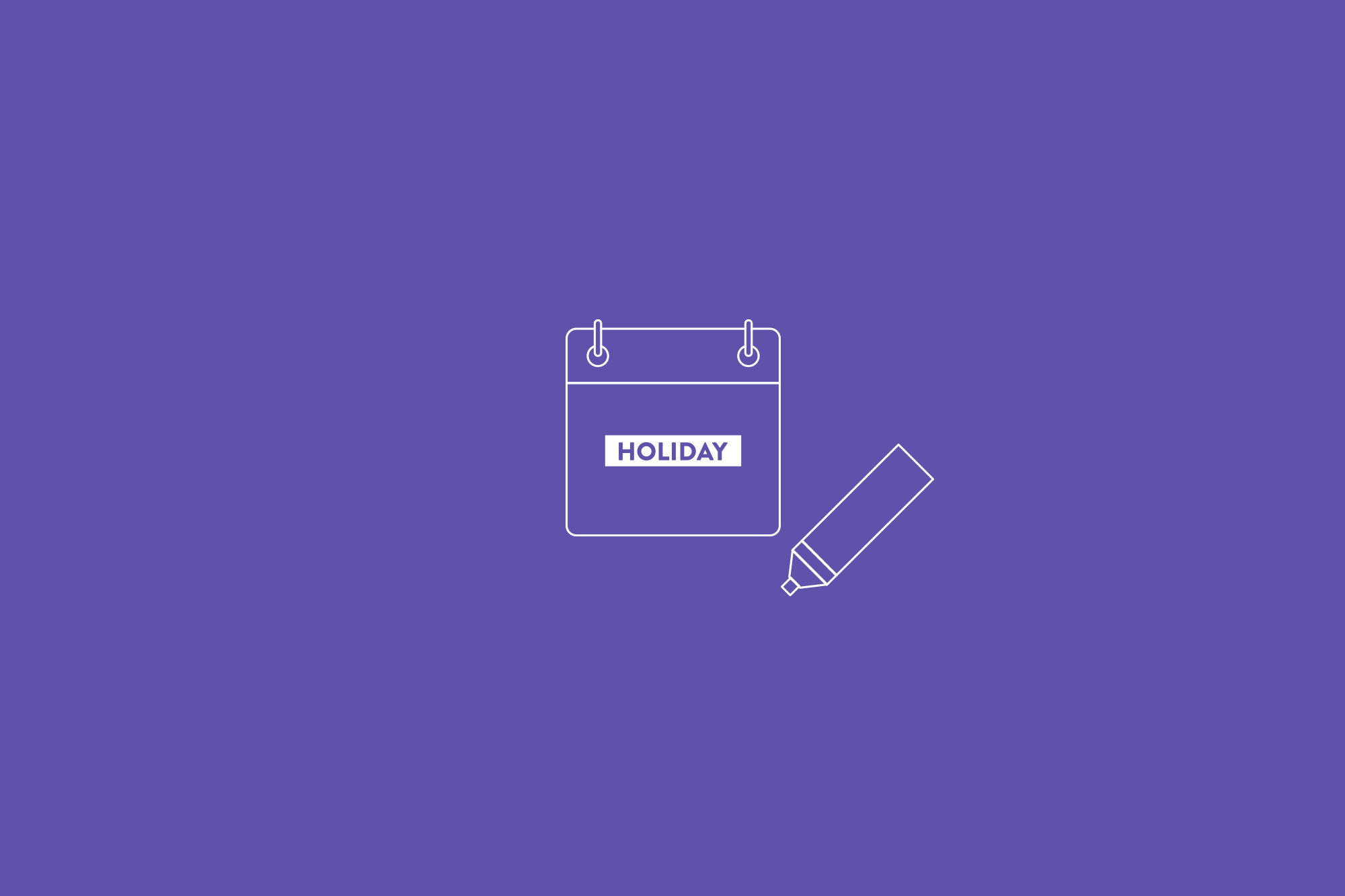Los comparativos y superlativos en inglés. Repasamos paso a paso las formas comparativas y superlativas de los adjetivos en inglés. Aunque este tema es sencillo, a veces nos hacemos un lío con cuáles son los comparativos y superlativos en inglés. No te preocupes que lo vemos paso a paso para que tengas claras todas las diferentes formas.
A la hora de construir los comparativos y superlativos en inglés, hay que tener en cuenta el número de sílabas del adjetivo.
Adjetivos de una sílaba
para formar el comparativo añadimos -er (than)
para formar el superlativo añadimos the -est
Algunos adjetivos de una sílaba son por ejemplo: big, tall, short, fast, slow, nice, young…
Mira éstos ejemplos de los comparativos y superlativos en inglés de este tipo de adjetivos
e.g.
I want a bigger house.
The train is slower than the plane.
I think the cheapest option is to go by car.
This is the oldest building in town.
Observa que al usar el comparativo podemos añadir than, si es necesario pero según la frase, a veces no lo necesitaremos. Al usar el superlativo sí es necesario usar siempre the.
Adjetivos de dos sílabas acabados en -y
para formar el comparativo añadimos -ier (than)
para formar el superlativo añadimos the -iest
Algunos ejemplos de adjetivos de este tipo: easy, happy, heavy, funny, crazy…
e.g.
I hope it will be easier this time.
She’s funnier than me.
These boxes are the heaviest.
That’s the craziest idea.
Adjetivos de más de dos sílabas
para formar el comparativo añadimos more … (than)
para formar el superlativo añadimos the most …
Algunos adjetivos de ese tipo: important, expensive, beautiful, comfortable…
e.g.
This hotel is more expensive.
Trainers are more comfortable than high heel shoes.
Money is not the most important thing in life.
She’s the most beautiful woman.
Adjetivos irregulares
aunque no son muchos, sí son bastante importantes estos adjetivos que son irregulares o excepciones al construir las formas comparativas y superlativas
comparativo de good > better
superlativo de good > the best
comparativo de bad > worse
superlativo de bad > the worst
comparativo de far > farther, further
superlativo de far > the farthest, the furthest
e.g.
Do you feel better today?
That was the best day of my life.
He’s the worst player in the team.
I can’t be worse than this.
Además de todos los comparativos y superlativos en inglés que ya hemos visto, hay también otras estructuras como por ejemplo, el opuesto de more sería less, igualmente, el opuesto de the most sería the least y para decir “tan…como” usaríamos as…as.
more than > less than
the most > the least
(not) as … as
e.g.
Tickets are less expensive than I thought.
This is the least expensive supermarket.
He’s not as tall as his brother.
Our car is as fast as their car.
Are you the best? Seguro que con este repaso general de los comparativos y superlativos en inglés ya puedes ponerte a practicar, por ejemplo con estos 100 adjetivos comunes y ampliar aún más tu vocabulario con las versiones de su comparativo y superlativo correspondiente.

Estos phrasal verbs de amor harán que tus conversaciones de enamorada o enamorado tengan mucha más chispa. Ahora ya no tendrás excusa para hablar sobre amor y relaciones en inglés.
Te contamos todos estos phrasal verbs de amor y muchas de las cosas que pasan en las relaciones uno por uno. Vamos al lío!
Ask someone out – pedir salir a alguien. ????
I decided to ask him out on a date. – Decidí pedirle salir en una cita.
Would you ask her out? – ¿Vas a pedirle salir?
Go out with someone – salir con alguien, estar viéndose con alguien, sobre todo al principio de una relación. Es muy parecido a date someone. ????
Are you going out with anybody at the moment? – ¿Estás saliendo con alguien en este momento?
We started going out a few weeks ago. – Empezamos a salir hace unas semanas.
Chat someone up – esto es básicamente comenzar una conversación con alguien que te gusta, con el objetivo de ligar, flirtear – flirt. ????
Stop trying to chat me up. It won’t work. – Deja de ligar conmigo. No funcionará.
I saw him chatting up a girl last night. – Lo vi ligando con una chica anoche.
Hit on someone – parecida a la anterior, cuando hablas con alguien para demostrar que estás interesado en algo más. (lo que llamamos “tirarle los tejos a alguien”) ????
That guy hit on me while I was at the gym. – Ese chico me tiró los tejos cuando estaba en el gimnasio.
I think she has hit on him a few times. – Creo que ella le ha tirado los tejos en varias ocasiones.
Hit it off – cuando entre dos personas hay una conexión inmediata desde el primer momento. Es común al hablar de relaciones, pero no tiene por qué ser exclusivamente románticas. Te puedes llevar muy bien desde el principio con amigos también. ????
I knew you’d hit it off with Brian. – Sabía que que te llevarías muy bien con Brian.
We hit it off from the start. – Nos llevamos muy bien desde el principio.
Make out – si has conectado con alguien, o después de ligar es probable que acabes la cosa vaya a más y acabéis “enrollados”. Vamos lo de besarse y tocarse y esas cosas que ya sabéis. ????
They were making out at the disco. – Se estaban enrollando en la disco.
I ended up making out with him/her. – Acabé enrollándome con él/ella.
Fall for someone – a lo mejor te gusta tanto esa persona que acabas “cayendo” por ella/él, es decir que te enamoras. Otra forma de decirlo, sería con la expresión fall in love with someone. ????
We fell for each other instantly. – Nos enamoramos uno del otro al momento.
It took me a couple of months to really fall for him/her. – Me llevó un par de meses, enamorarme de verdad de él/ella.
Fall out with someone – no todo es amor, a veces discutimos y eso es lo que significa este phrasal verb, discutir con alguien. ????
This is the first time we have fallen out. – Esta es la primera vez que discutimos.
She is always falling out with him. – Ella siempre está discutiendo con él.
Make up – significa hacer las paces, después de una pelea. ????
They were fighting but next minute they made up. – Estaban peleando pero al siguiente minuto hicieron las paces.
Have you two made up yet? – ¿Ya habéis hecho las paces?
Look up to someone – éste es muy bonito, significa sentir respeto y admiración por alguien. ????
He has always looked up to her. – Él siempre la ha admirado.
I look up to Gina for her determination. – Admiro a Gina por su determinación.
Put up with someone – un sinónimo de este es tolerate -tolerar, o un poco menos educado, “aguantar” y es que esto de las relaciones es así. ????
I don’t understand how she can put up with him. – No puedo entender cómo ella puede aguantarle.
He can’t put up with her bad mood any longer. – Él no puede tolerar su mal humor por más tiempo.
Cheat on someone – muy fácil, y muy dramático a la vez. To cheat on someone significa engañar a alguien, “ponerle los cuernos”. ????
She cheated on me. I caught her making out with her ex. – Ella me engañó. La pillé enrollándose con su ex.
Did you know he cheated on her? – ¿Sabías que él la engañó?
Y con estos antecedentes, en muchos casos el desenlace es claro, y los siguientes phrasal verbs de amor los conocemos bien.
Break up – romper una relación. ????
Their marriage has broken up. – Su matrimonio se ha roto.
Why did they break up? – ¿Por qué rompieron?
Split up – sinónimo del anterior, romper una relación. ????
She split up with him last week – Ella rompió con él la semana pasada.
We split up after 8 months. – Rompimos después de 8 meses.
Aunque estos últimos phrasal verbs de amor no son los más positivos, la vida es así, that’s life!
Así que para compensar puedes echarle un vistazo a este post con expresiones de amor en inglés.
De todos estos phrasal verbs de amor, nosotros definitivamente nos quedamos con fall for someone, nos encanta eso de enamorarse una y otra vez.


